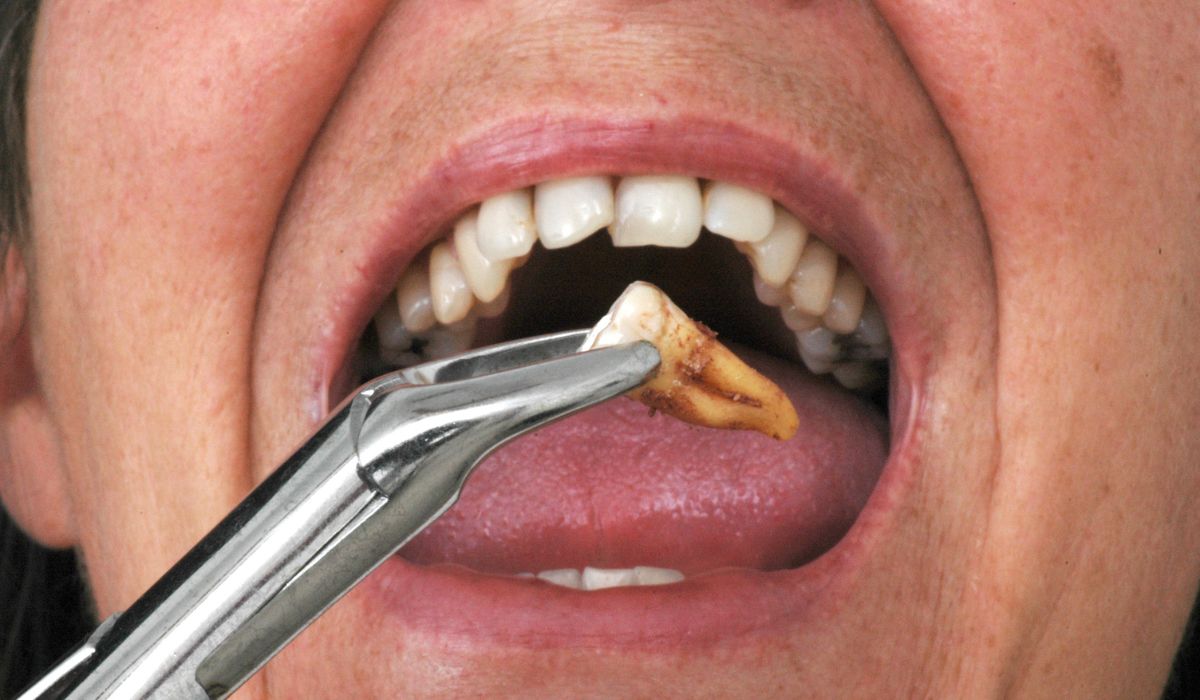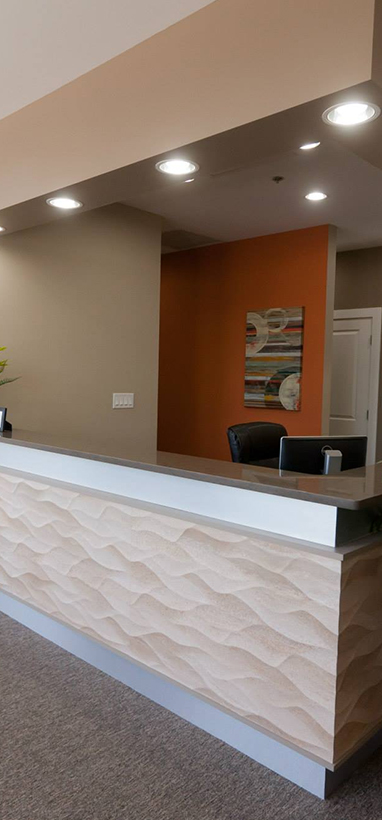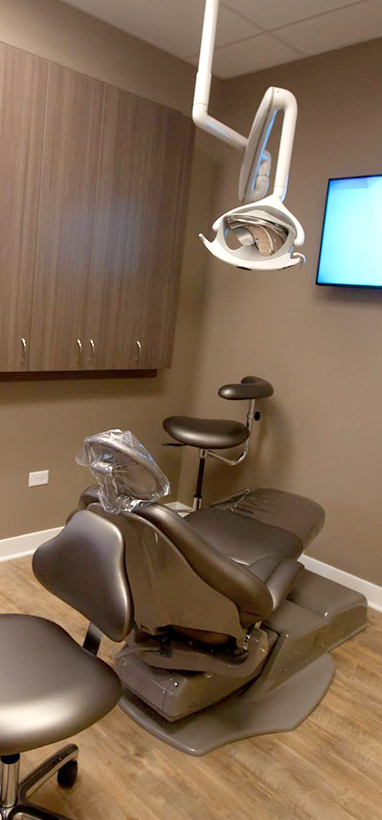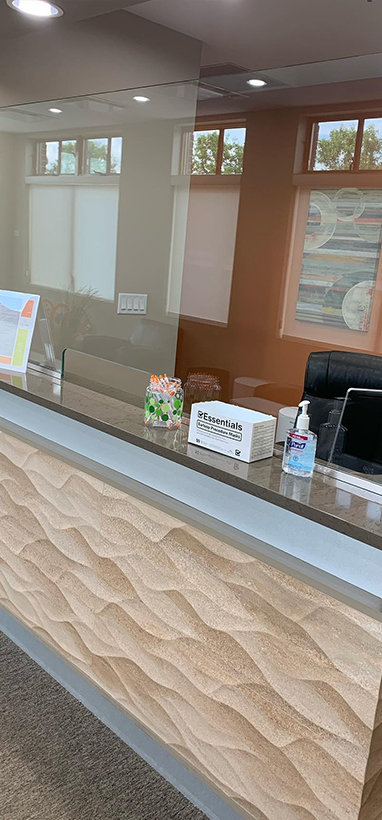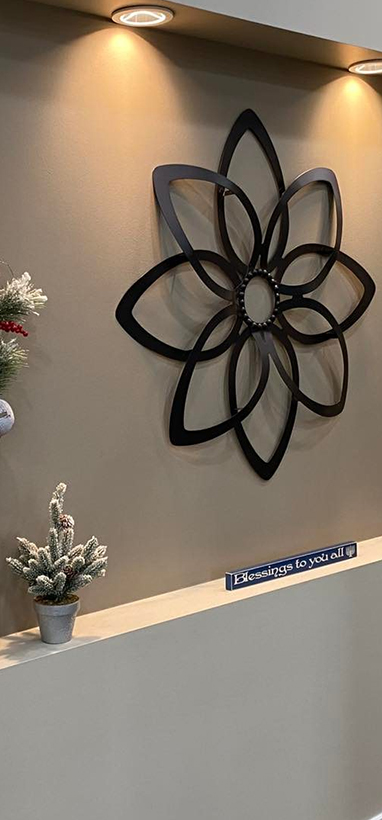1516 Legacy Cir, Naperville, IL 60563
How Sedation Dentistry Can Make Tooth Extraction a Comfortable Experience?
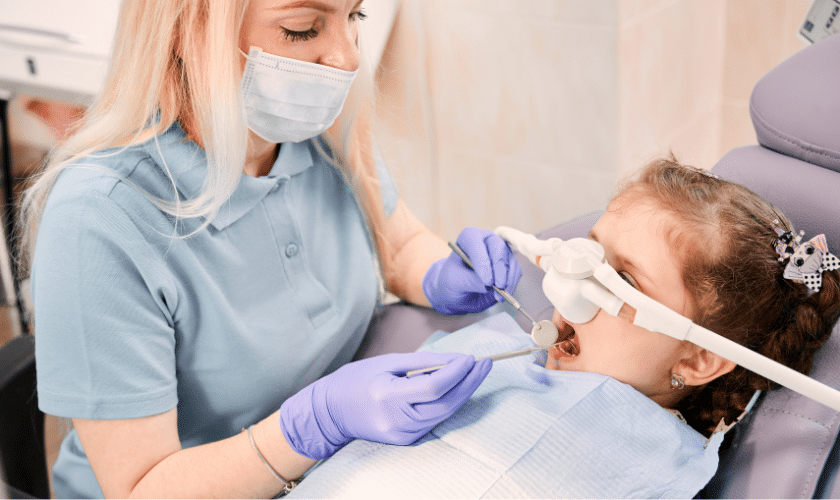
Going through a tooth extraction isn’t anyone’s idea of a great time. Luckily, sedation dentistry can make the process much more comfortable and stress-free. In this blog post, we’ll explore the ins and outs of sedation dentistry and how it can make your tooth extraction an easy experience. From different types of sedatives to the procedures themselves, read on to find out everything you need to know about sedation dentistry and how it can help you achieve a successful tooth extraction.
What is sedation dentistry?
Sedation dentistry uses medication to help patients relax during dental procedures. It is also sometimes called sleep dentistry. Patients who choose sedation dentistry may fear dental procedures, a sensitive gag reflex, or other anxiety-related issues.
Different types of sedation are available, depending on the procedure being performed and the level of sedation the patient needs. Nitrous oxide, or laughing gas, is a type of light sedation that can be used for simple procedures. Oral conscious sedation is another type of light sedation that involves taking a pill before the procedure. This sedation will make you drowsy but still awake during the procedure.
Moderate sedation, sometimes called IV sedation, involves giving the patient medication through an IV in their arm. This type of sedation will make you very sleepy, but you will still be able to respond to commands from the dentist. Deep sedation or general anesthesia is rarely used in dental offices but may be necessary for some complex procedures. With deep sedation or general anesthesia, you will not be able to respond to commands and will likely not remember the procedure when you wake up.
If you are considering Sedation Dentistry, talk to your dentist about which type of Sedation Dentistry would be right for you and what you can expect during and after your procedure.
The different types of sedation available
There are four main types of sedation available for tooth extraction: nitrous oxide, oral conscious sedation, intravenous sedation, and general anesthesia. Each type has its risks and benefits, so it’s important to talk to your dentist about which type is right for you.
Nitrous oxide, also known as laughing gas, is the most common type of sedation used for dental procedures. It is a safe and effective way to help relieve anxiety and make dental procedures more comfortable. The gas is inhaled through a mask placed over the nose and takes effect within minutes. The patient remains awake and able to communicate with the dentist throughout the procedure. The effects of nitrous oxide wear off soon after the mask is removed.
Oral conscious sedation is another option for those who experience anxiety during dental procedures. This type of sedation uses a pill that is taken before the appointment. The pill helps to relax the patient and make them drowsy. They may even fall asleep during the procedure. However, they will still be able to respond to commands from the dentist. The effects of oral conscious sedation can last up to six hours after the appointment.
Intravenous (IV) sedation is a more powerful form of sedation administered through an arm needle. This type of sedation can make patients sleepy or unconscious during the procedure. IV sedation allows dentists to work quickly and efficiently
How sedation dentistry can make tooth extraction a comfortable experience
Tooth extraction is a common dental procedure used to remove damaged or decayed teeth. While it is a relatively simple procedure, it can be quite uncomfortable for patients. Sedation dentistry can help make the experience more comfortable for patients by reducing anxiety and pain.
Sedation dentistry uses medication to help patients relax during dental procedures. Different types of sedation can be used, depending on the level of sedation desired. The most common type of sedation used for tooth extractions is inhalation sedation, also known as nitrous oxide (or laughing gas). This type of sedation helps to relax patients and reduce pain and anxiety. It is generally very safe and effective, and wears off quickly after the procedure.
Some patients may require a higher level of sedation for their tooth extraction. In these cases, oral conscious sedation or IV sedation may be used. These types of sedation are more powerful and will make patients very drowsy. They will need someone to drive them home after their procedure.
Sedation dentistry can help make tooth extractions more comfortable for patients by reducing anxiety and pain. It is important to discuss your options with your dentist before your procedure to ensure that you receive the best possible care.
The benefits of sedation dentistry
Sedation dentistry is a great option for patients who are anxious about their dental procedures. It can help make the experience more comfortable and relaxed. Here are some of the benefits of sedation dentistry:
-It can help reduce anxiety and fear.
-It can help you feel more relaxed during your procedure.
-It can help reduce any pain or discomfort you may feel during your procedure.
-It can help improve the quality of your dental work.
Conclusion
Sedation dentistry is an effective tool for making tooth extraction a comfortable experience. It can help reduce anxiety and pain, allowing you to get the dental care you need without worrying about it. If you’re considering getting your teeth extracted, consider talking to your dentist about sedation dentistry options so that you can have a more pleasant experience.



